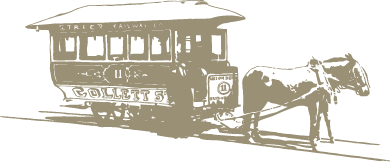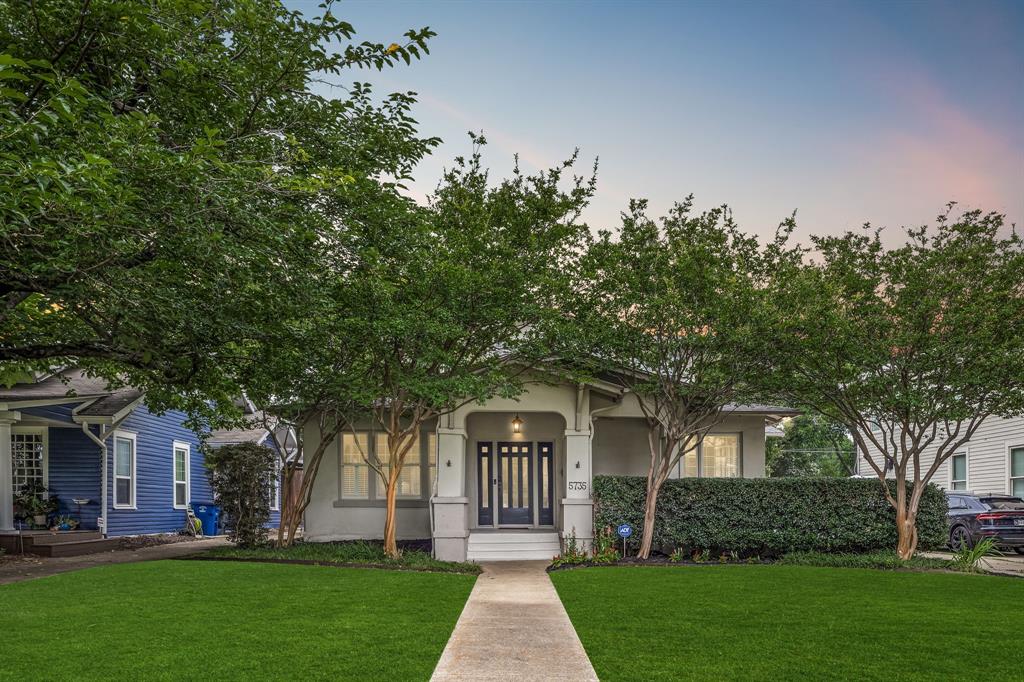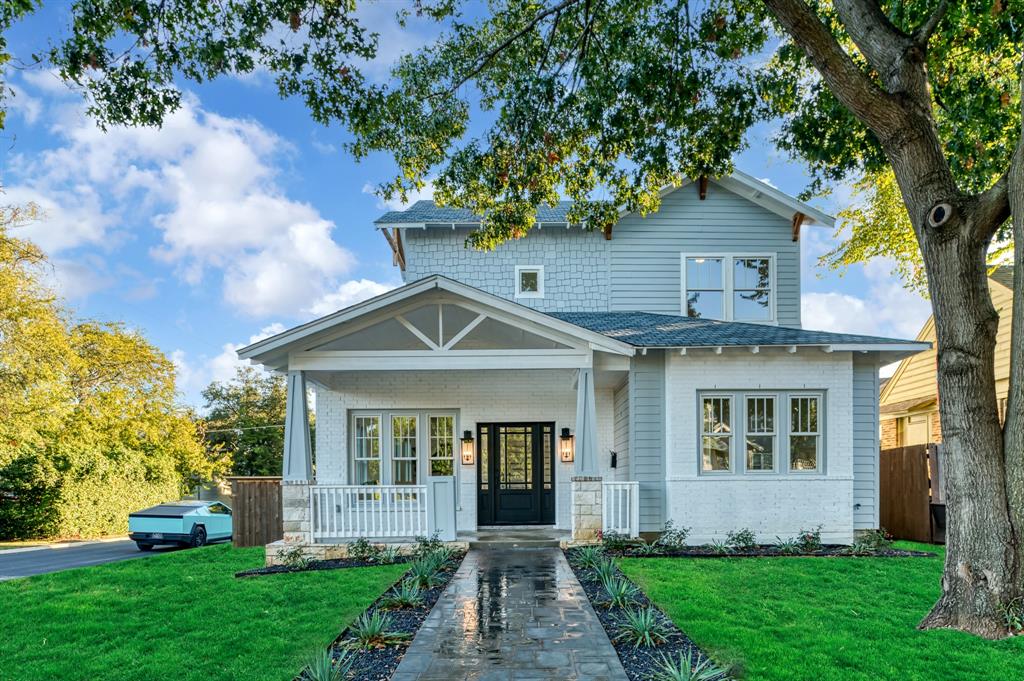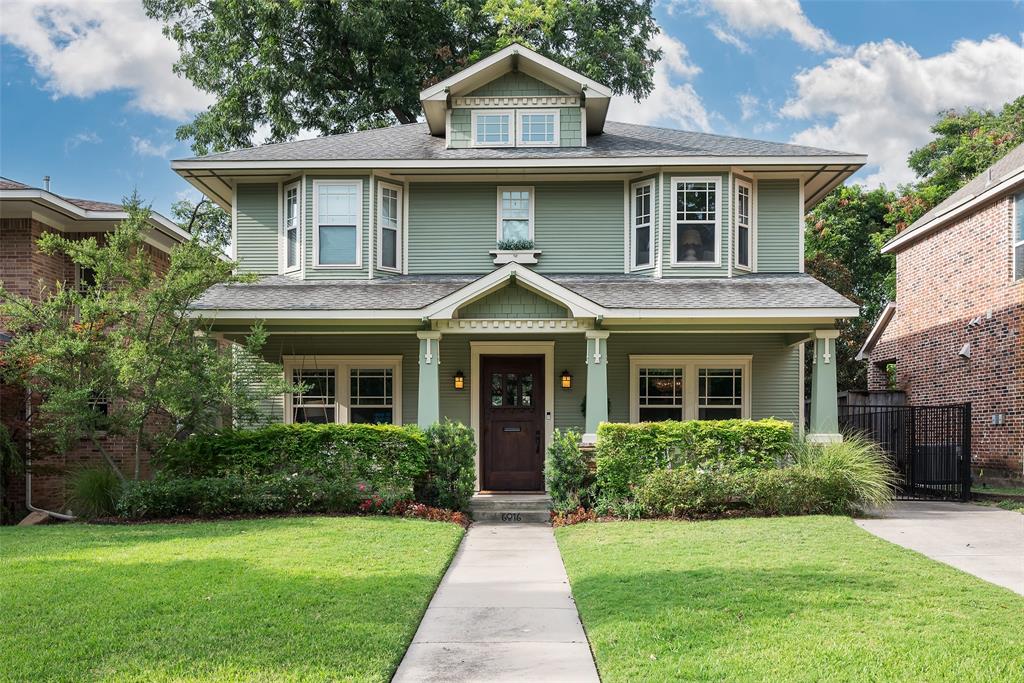The Belmont Addition Conservation District Neighborhood
Belmont Conservation District Homes for Sale in MLS
Currently There Are Only 2 MLS Homes for Sale in Belmont Addition Conservation District
Proud History of Belmont Addition

The Belmont Addition has a proud history, fascinating evolution, and bright future. In 2004, the Belmont Addition neighborhood became a Conservation District bound by Belmont to the south, Llano to the north, Skillman to the east, and Greenville Avenue to the west. The Conservation District allows architectural leeway but preserves the mass scale and uses in the neighborhood. New homes are being built, historic homes are being renovated, and a wide range of homeowners and families enjoy calling the Belmont Addition their home.
The Origin of Belmont Addition
Long Accepted History of Belmont Addition That Includes Inaccuracies
For decades it was recounted that Belmont addition came out of the Caruth Brothers land holdings. This is not true. It was also passed down that August Belmont initiated the development and extended the street car line to the neighborhood. The link above will take you where Douglas Newby corrected this information on his Architecturally Significant Homes website.
The Belmont Addition has a proud and storied past. It was part of the 30,000 acres that Walter Caruth and his brother started acquiring in the 1850s.
Walter Caruth Built a Farmhouse Here

In 1885, Walter Caruth built Bosque Bonita, an elegant three-story farmhouse, at the northwest corner of what is now Belmont and Greenville Avenues. The closest streetcar was on Ross, two miles to the south. Cotton and cornfields stretched north for miles upon miles.
A St. Louis Syndicate Bought 170 Acres that Make up Belmont Addition
A St. Louis syndicate bought 170 of the Caruths’ acres and began the Ross Avenue Heights development. However, without the streetcar line, Ross Avenue Heights never got off the ground. Only one home was built.
August Belmont Comes to Dallas
In 1892, the nationally prominent August Belmont came to Dallas and invested in the extravagant Oriental Hotel at the corner of Commerce and Akard, and at the same time purchased the 170 acres from the St. Louis syndicate and renamed the development Belmont Addition. Few developers had a stronger pedigree than New York financier August Belmont. He developed the Belmont racetrack, in 1900-1904 he financed the original subway in New York, and he became the national Chairman of the Democratic Party. He also contributed greatly to the Belmont Addition. He extended the streetcar line from Ross. He graded the streets, elevated the lots and built sidewalks. Nevertheless, this effort was in vain for the Depression of 1893 reduced his project to sunflowers and tall wild grasses.
Belmont Land Company
The Belmont Land Company and Hann and Kendall Real Estate took over the Belmont Addition in 1910 and successfully sold lots to developers and builders through the 1910s and 1920s. These lots were perfect for the early 20th century modern Craftsman Bungalows that began to dominate the neighborhood. Additional eclectic style homes were added, Tudor Cottages were introduced, and the neighborhood became quite desirable and prestigious as the Dallas population and economy was booming.
Bosque Bonita Becomes Hockaday
In 1919, Miss Ela Hockaday acquired Bosque Bonita and turned it into the Hockaday School for Girls. This added further prestige to this thriving neighborhood. Hockaday remained at this location until 1961.
Hockaday Moves Out, Apartments Move In
The Hockaday school mansion was demolished and the Hockaday village renamed Belmont Towers was erected.
An apartment tower was made possible by the massive (MF2) blanket apartment zoning that came when the single-family neighborhoods of Belmont and Old East Dallas were rezoned for apartments. While the loss of the Hockaday school was devastating, even more insidious were the single-family homes being chopped up into apartments and small apartment complexes replacing three or four homes at a time. The trend of transient tenants replacing stable homeowners began a decline and deterioration of the neighborhood that lasted through the 1970s. In the 1970s, an entire airplane bungalow could be rented for $100 a month.
A Guide to The Older Neighborhoods of Dallas Featured Belmont Addition
A Guide to The Older Neighborhoods of Dallas, a book written and produced by Douglas Newby for the Historic Preservation League released on March 2, 1986, for the Sesquicentennial, featured the Belmont neighborhood as one of only 30 neighborhoods prominently identified and discussed in Dallas. The Belmont neighborhood, where young homeowners were moving in and renovating or stabilizing these good-looking but tattered homes, began to reclaim its identity.



Excerpts from book (page 42)
Located between Greenland Hills and Lakewood Belmont offers a greater diversity of styles and prices than either of those districts. You will find a predominance of substantial brick and frame Craftsman bungalows on elevated lots, often featuring wraparound porches, pairs of double-hung windows and porte cocheres. There are many of the Tudor cottages found in nearby Greenland Hills as well as wonderful old Prairie-style homes usually associated with Munger Place. Antique duplexes, fourplexes and 1960s apartments are scattered throughout the area.
Belmont has a colorful, if not always successful, history as a residential development. The area was originally part of the huge Caruth holdings: 30,000 acres that spread from Inwood to Abrams Roads. Walter Caruth, who with his brother had started purchasing the land in the 1850s, built an elegant three-story farmhouse called Bosque Bonita at the northwest corner of what are now Belmont and Greenville Avenues. The year was 1885. The closest streetcar was two miles south on Ross; corn and cotton fields stretched north as far as the eye could see.
A St. Louis syndicate bought 170 of Caruths’ acres (at a healthy 7,000% profit) in 1889 and began the Ross Avenue Heights development. Without the streetcar line, however, the Heights never got off the ground. Only one home was built.
Enter August Belmont, New York financier and developer. In 1892 he purchased the acreage and extended the streetcar line, graded streets out of the cornfields, marked out lots and built sidewalks. He also changed the name, and the prairie became the Belmont Addition. Unfortunately for the august Mr. Belmont, all of this went for naught. The Depression of 1893 doomed the project to sunflowers and weeds.
Excerpts from book (page 43)
In 1919, Walter Caruth sold Bosque Bonita to Miss Ela Hockaday, and it became the Hockaday School for Girls. This marked the peak of the Belmont Addition.
Hockaday School moved in 1961, and the mansion was leveled for an apartment complex called Hockaday Village, now Belmont Towers. Many of the frame homes surrounding the school had deteriorated beyond repair and were replaced by small apartment buildings, many of which still dot the area.
Today the neighborhood has made a comeback, riding the wave of enthusiasm engendered by the M Streets and Lakewood. Like those two areas, trees define the streets, and Belmont shares the easy access to Downtown and lower Greenville Avenue. Only recently have prices in the neighborhood begun to increase steadily.
Belmont is a stable and attractive neighborhood, distinguished by some of the city’s finest examples of Craftsman-style bungalow architecture on Goliad and Palo Pinto Avenues. Senior citizens, families and young professionals continue to make this area their home. Fortunately, a wide range of restored and unrestored homes remain accessible in Belmont, one of the best-valued neighborhoods in East Dallas.
Belmont Addition Conservation District
After 20 years of revitalization and increased neighborhood interest and involvement, the Belmont neighborhood became the Belmont Addition Conservation District. It has regained its prestige and desirability as it draws from the best elements and attributes of the many surrounding neighborhood conservation and historic districts.
Conservation District Ordinance













































